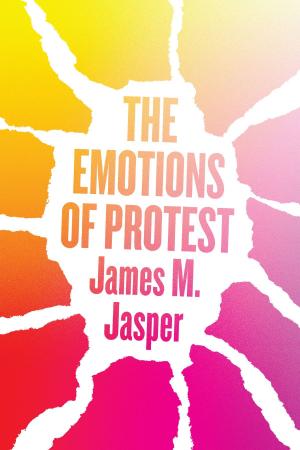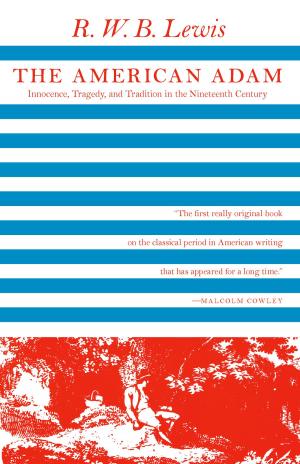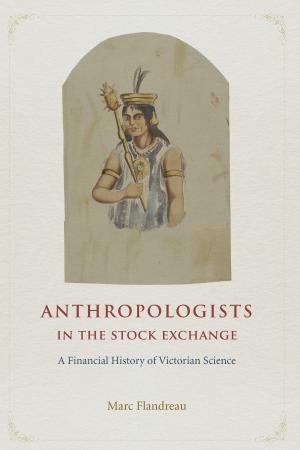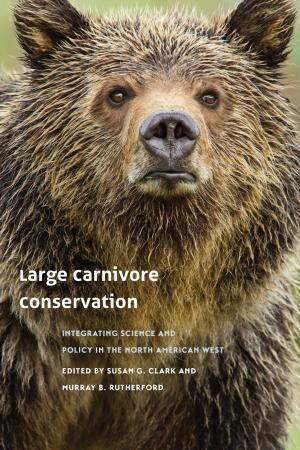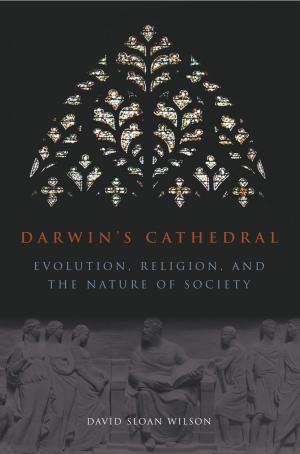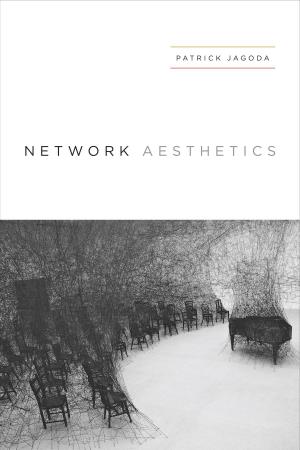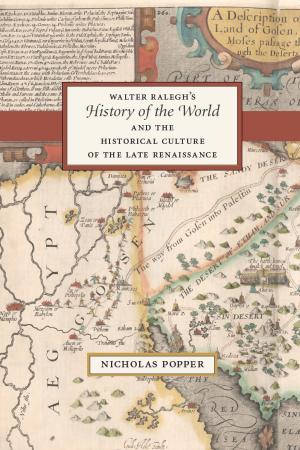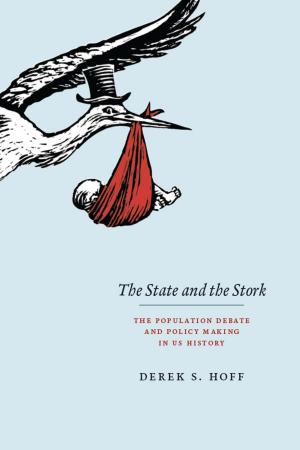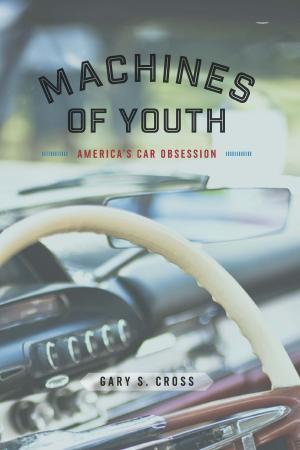Theodore Roosevelt in the Field
Nonfiction, History, Americas, United States, 20th Century, Biography & Memoir, Political| Author: | Michael R. Canfield | ISBN: | 9780226298405 |
| Publisher: | University of Chicago Press | Publication: | November 16, 2015 |
| Imprint: | University of Chicago Press | Language: | English |
| Author: | Michael R. Canfield |
| ISBN: | 9780226298405 |
| Publisher: | University of Chicago Press |
| Publication: | November 16, 2015 |
| Imprint: | University of Chicago Press |
| Language: | English |
Never has there been a president less content to sit still behind a desk than Theodore Roosevelt. When we picture him, he's on horseback or standing at a cliff’s edge or dressed for safari. And Roosevelt was more than just an adventurer—he was also a naturalist and campaigner for conservation. His love of the outdoor world began at an early age and was driven by a need not to simply observe nature but to be actively involved in the outdoors—to be in the field. As Michael R. Canfield reveals in Theodore Roosevelt in the Field, throughout his life Roosevelt consistently took to the field as a naturalist, hunter, writer, soldier, and conservationist, and it is in the field where his passion for science and nature, his belief in the manly, “strenuous life,” and his drive for empire all came together.
Drawing extensively on Roosevelt’s field notebooks, diaries, and letters, Canfield takes readers into the field on adventures alongside him. From Roosevelt’s early childhood observations of ants to his notes on ornithology as a teenager, Canfield shows how Roosevelt’s quest for knowledge coincided with his interest in the outdoors. We later travel to the Badlands, after the deaths of Roosevelt’s wife and mother, to understand his embrace of the rugged freedom of the ranch lifestyle and the Western wilderness. Finally, Canfield takes us to Africa and South America as we consider Roosevelt’s travels and writings after his presidency. Throughout, we see how the seemingly contradictory aspects of Roosevelt’s biography as a hunter and a naturalist are actually complementary traits of a man eager to directly understand and experience the environment around him.
As our connection to the natural world seems to be more tenuous, Theodore Roosevelt in the Field offers the chance to reinvigorate our enjoyment of nature alongside one of history’s most bold and restlessly curious figures.
Never has there been a president less content to sit still behind a desk than Theodore Roosevelt. When we picture him, he's on horseback or standing at a cliff’s edge or dressed for safari. And Roosevelt was more than just an adventurer—he was also a naturalist and campaigner for conservation. His love of the outdoor world began at an early age and was driven by a need not to simply observe nature but to be actively involved in the outdoors—to be in the field. As Michael R. Canfield reveals in Theodore Roosevelt in the Field, throughout his life Roosevelt consistently took to the field as a naturalist, hunter, writer, soldier, and conservationist, and it is in the field where his passion for science and nature, his belief in the manly, “strenuous life,” and his drive for empire all came together.
Drawing extensively on Roosevelt’s field notebooks, diaries, and letters, Canfield takes readers into the field on adventures alongside him. From Roosevelt’s early childhood observations of ants to his notes on ornithology as a teenager, Canfield shows how Roosevelt’s quest for knowledge coincided with his interest in the outdoors. We later travel to the Badlands, after the deaths of Roosevelt’s wife and mother, to understand his embrace of the rugged freedom of the ranch lifestyle and the Western wilderness. Finally, Canfield takes us to Africa and South America as we consider Roosevelt’s travels and writings after his presidency. Throughout, we see how the seemingly contradictory aspects of Roosevelt’s biography as a hunter and a naturalist are actually complementary traits of a man eager to directly understand and experience the environment around him.
As our connection to the natural world seems to be more tenuous, Theodore Roosevelt in the Field offers the chance to reinvigorate our enjoyment of nature alongside one of history’s most bold and restlessly curious figures.



